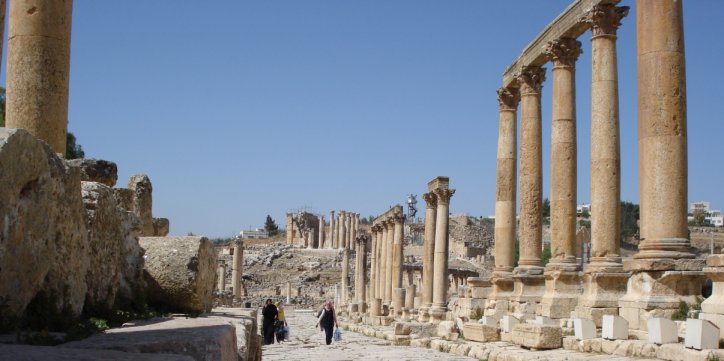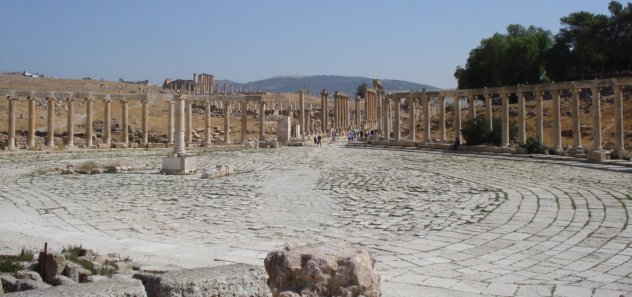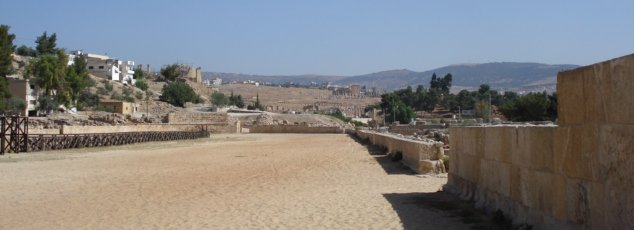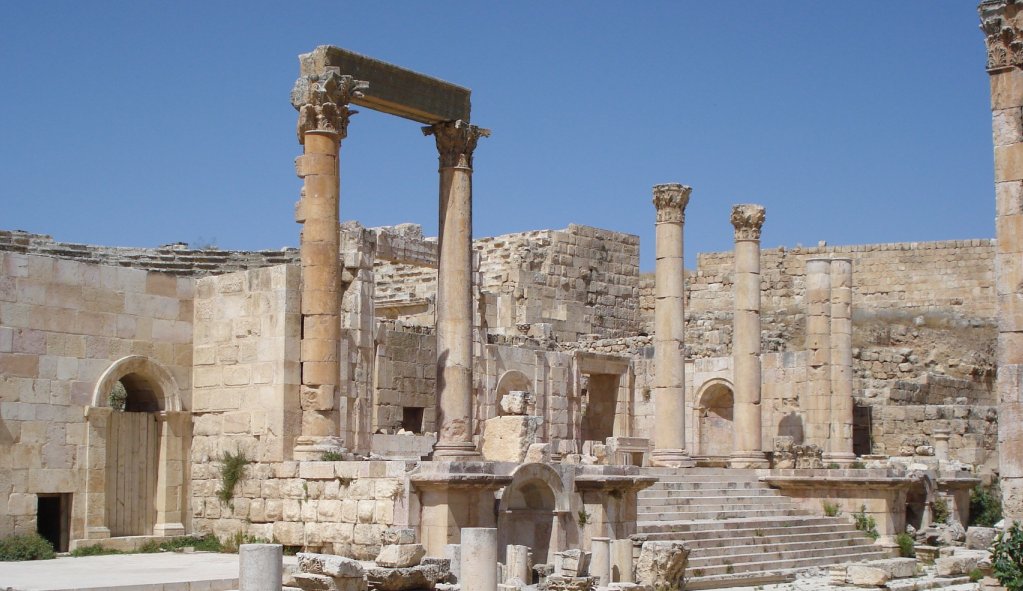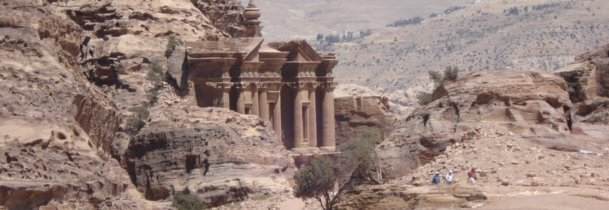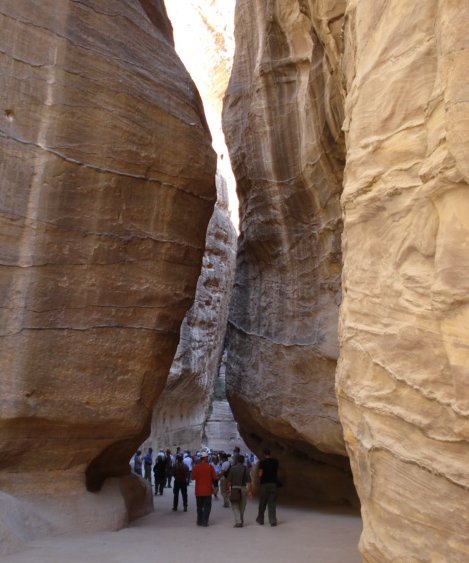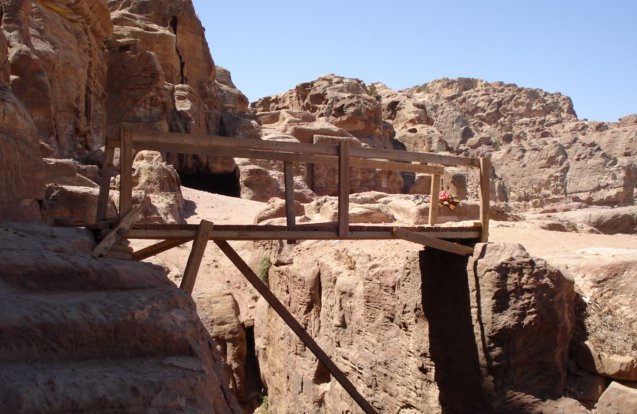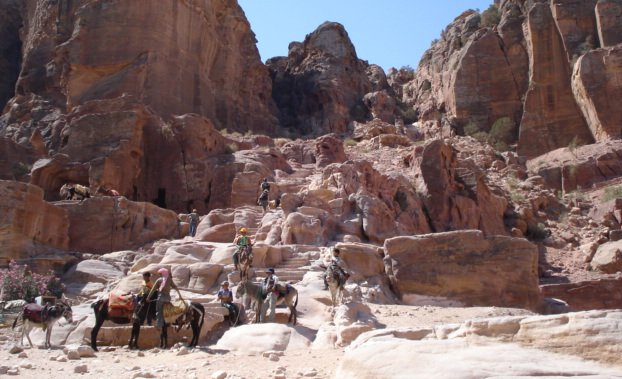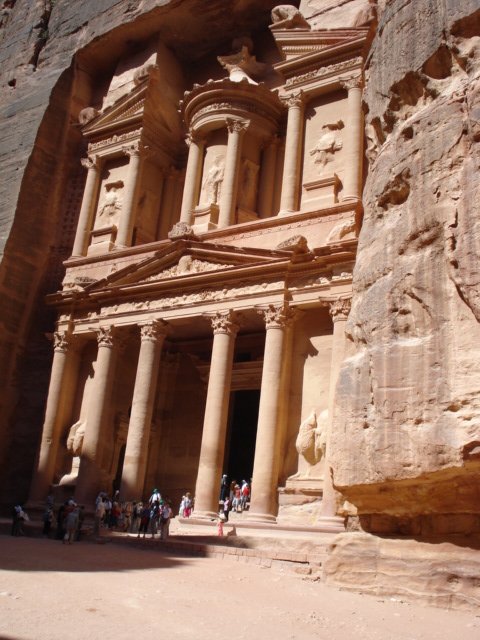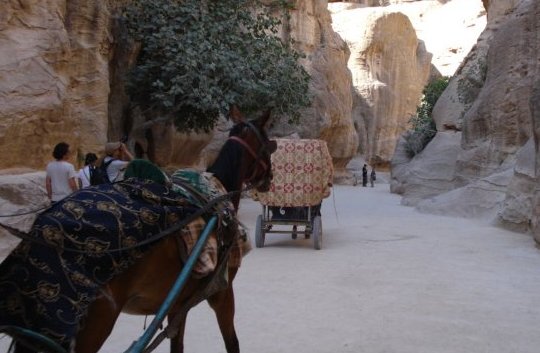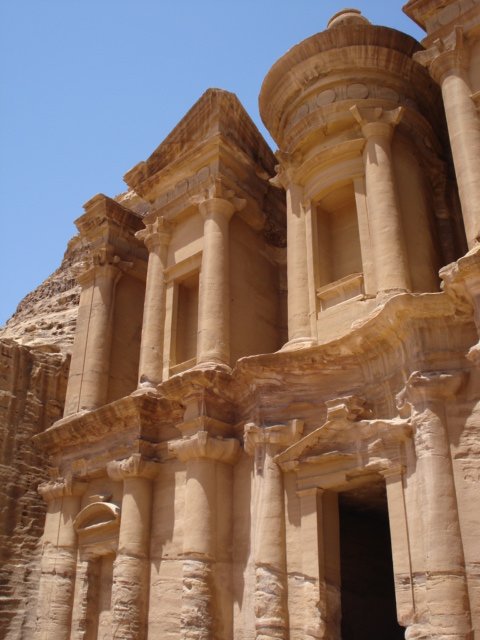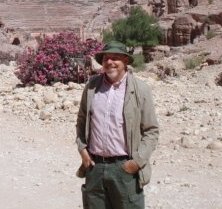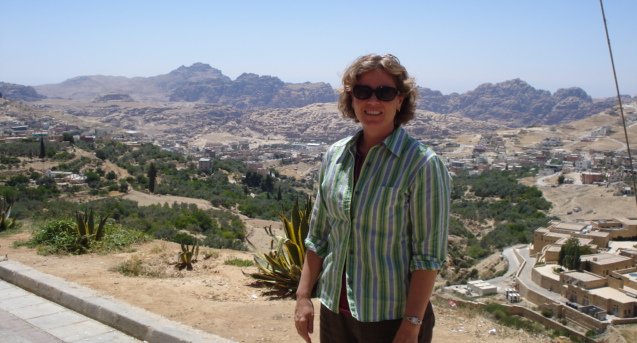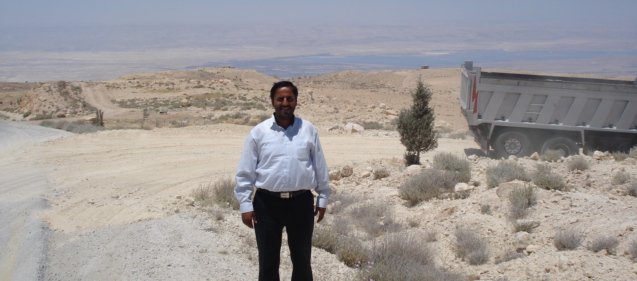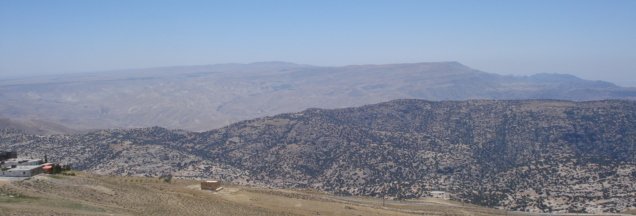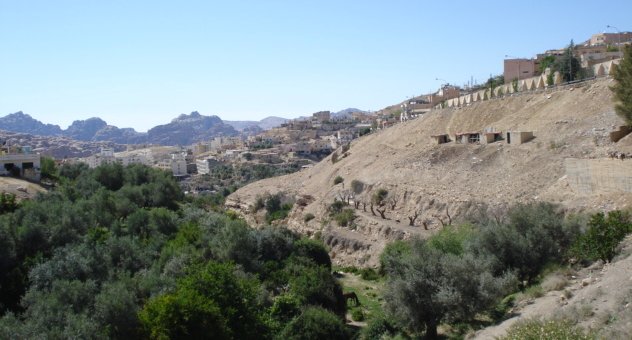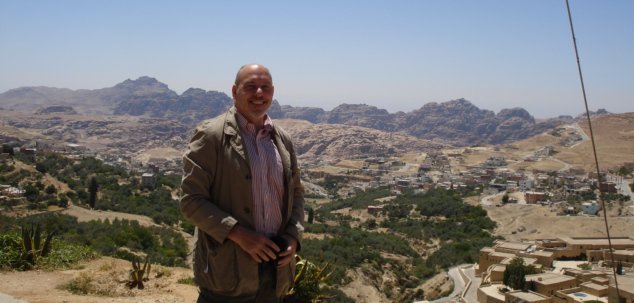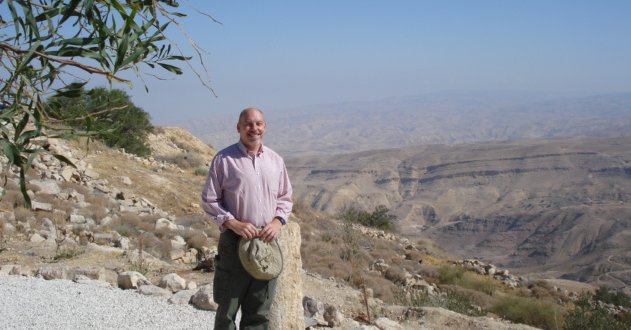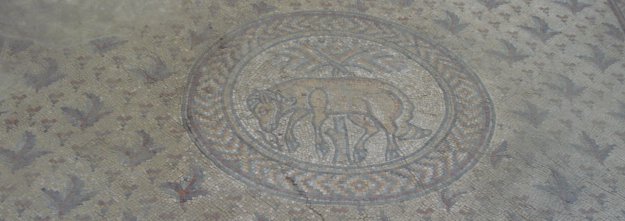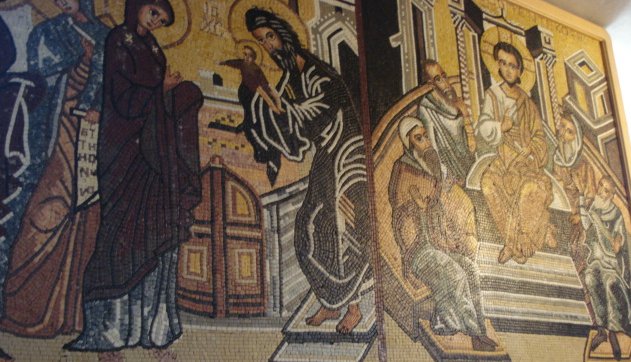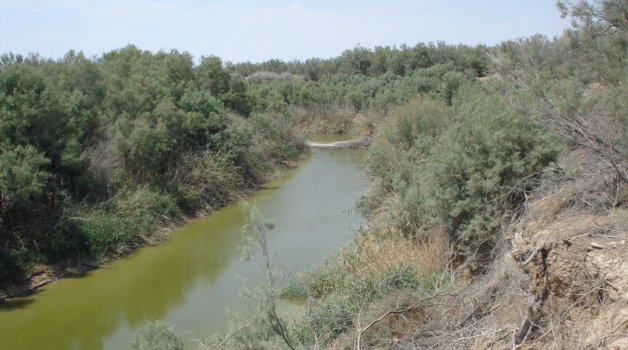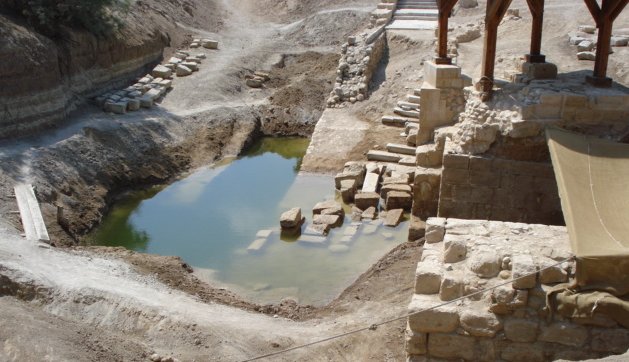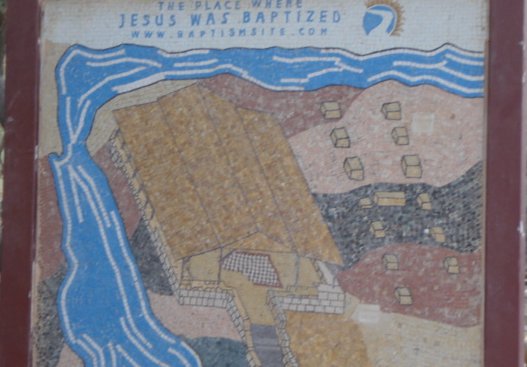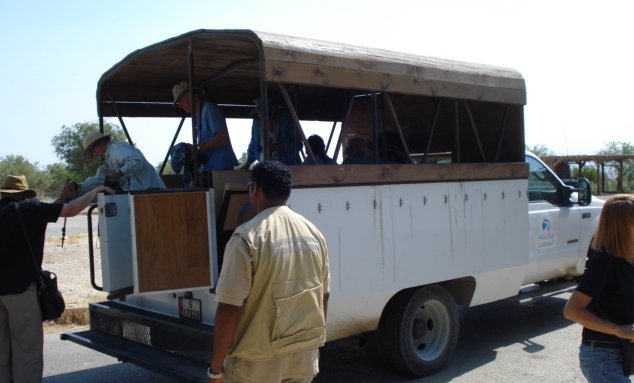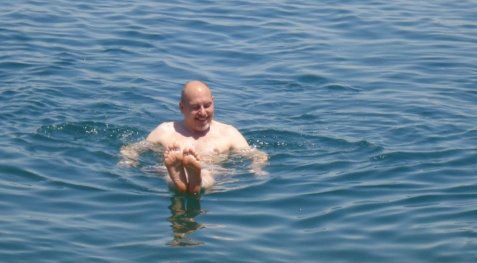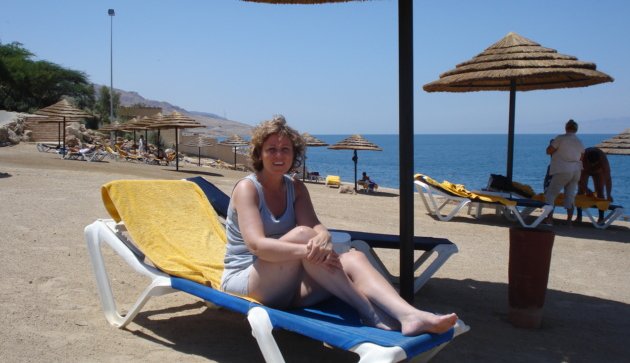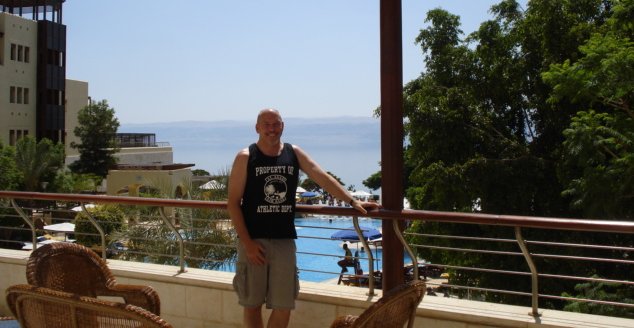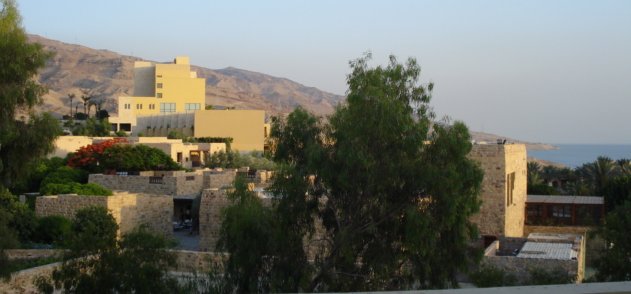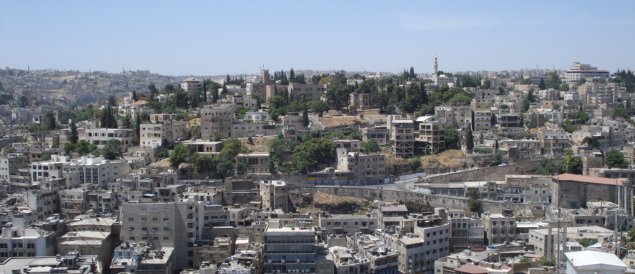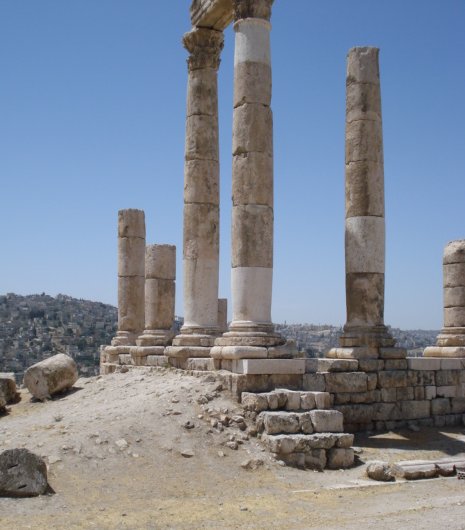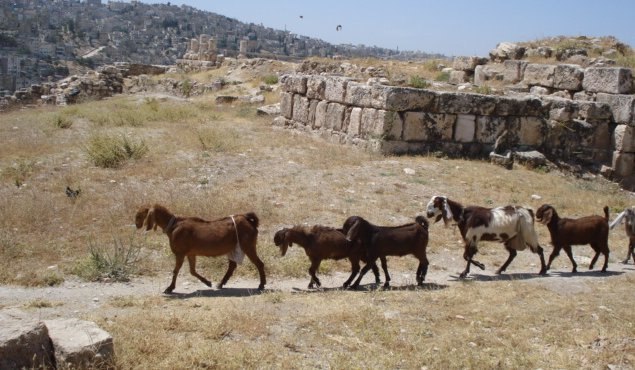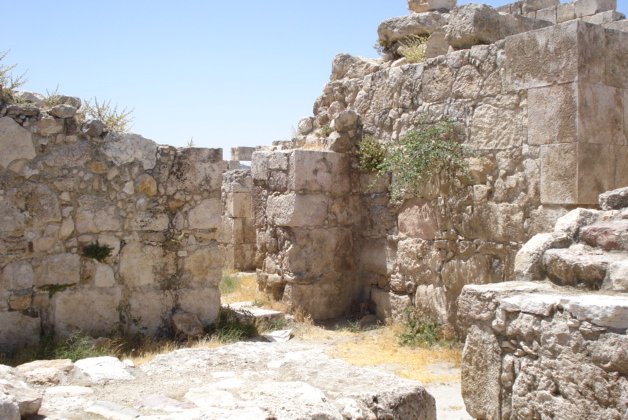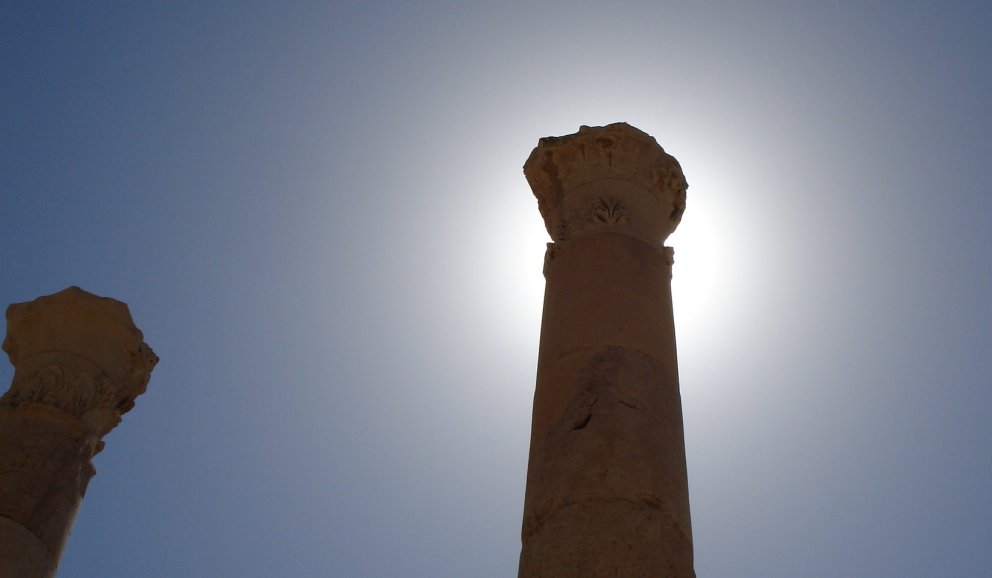
Friendly People
Jordanians are very welcoming and English is common, at least around the places tourists go. I have written and include pictures re some of the great places in Jordan. It is not as cheap as you might think, largely because a foreigner had to spend a bit more for the reasons below and because of the lack of a western style middle class. Let me explain that one.
In developed countries like Germany, France or the U.S., things cost more in general. But you can take advantage of the amenities the ordinary folks enjoy in terms of moderately priced hotels, restaurants and transit. In developing countries, you tend to have two classes of accommodation – first class and not really good enough, so you have to either move up or down scale. Old guys like me are less enthusiastic about repeating our youthful hostel experience, so we move up and tend to spend a bit more than we would for a week’s U.S. vacation. The class or Marriott resort we enjoyed here is better than we would get for the same price in the U.S., but in the U.S. we would have gone to a cheaper – but still acceptable – hotel. In Washington or Paris, I happily take ordinary public transportation; in places like Jordan or Egypt, maybe not.
Taxi Driver
We had a good taxi driver that we used all week. His name is Sami and I recommend him. He knows his way around, doesn’t get lost and doesn’t take you a lot of shops owned by his friends who give you a “special deal.” He has seven brothers and they all own cabs, so you can be sure to get a good ride. His number is 079/5921225.
Affirmative Action in Cola Pricing
Foreigners pay more for most things. A can of coke costs a Jordanian dinar, maybe two. Locals are not paying that much. Sometimes there is even a sign saying so. The entry fee at the Jordan River was $2 for Jordanians; $3 for other Arabs and $7 for everybody else. At least that is transparency.
If you ask people about this, they don’t think charging foreigners more for everything is dishonest. They view it as sort of an affirmative action programs. They say that they are NOT charging foreigners more; they are just giving a break to the locals. The practical effect is identical, but it sounds much nicer when you are giving one guy a break instead of ripping off someone else.
You get a fair break at places with posted menus and at shops that have those electronic scanners. The scanners don’t cheat or recognize ethnicity. The real cost of a can of coke is around $0.25 – 0.40. Another problem for a foreigner in an Arab country is that the numbers are different. I though that math was almost universal, but its not. Arab numbers are completely different from those used in other places. I was surprised by this, since I know that they call the numbers we use the Hindu-Arabic number system. Arab numbers are actually like this ٠١٢٣٤٥٦٧٨ . The Jordanian currency has the international numbers on one side and the Arabic on the other, so that is helpful, but the initial glance makes it easy to give the wrong amount of money.
Of course, we really cannot complain too much. English is common here and signs are mostly in English and Arabic.
Travelocity
And beyond that, the trouble we have had with the American company Travelocity. Chrissy’s flight back to the U.S. was moved from 1030 to 1330. She got an email telling her that. It would have made her connection to Dulles impossible. She tried to get in touch with Travelocity. They don’t have an international number. It cost us around $50 in telephone charges, being put on hold etc. to find out nothing. Finally they just seemed to have cancelled her flight. Finally, we got it figured out – we hope. But we still have no confirmation, although two operators promised email confirmations. She had no confirmation on their site. My advice is that if you travel overseas, don’t use Travelocity.
Marriott
We stayed at Marriott in Petra, Dead Sea and Amman. Marriott is great. They understand the international traveler. I recommend Marriott whenever you can. Marriott in Jordan gives really good discounts if you have a CAC card. Book early, however. The CAC rates get used up fast.



